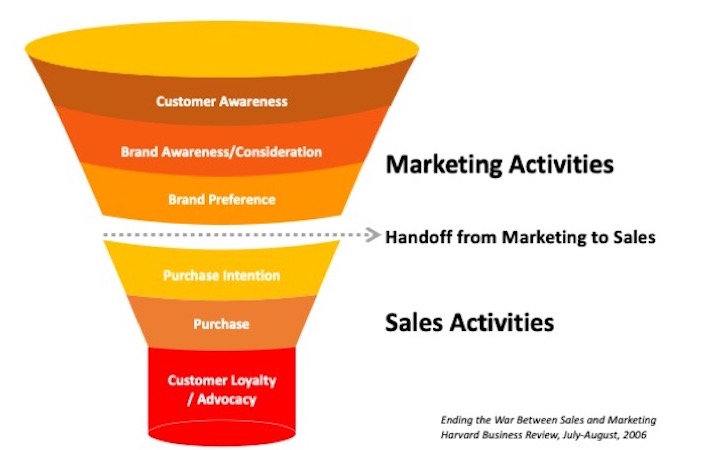
Photo Credit: Openprise
Making sense of marketing data is crucial to better understanding who your customers are, what they want, how they buy, and how to better target them with your brand, products and services. Once you have data on your customers, however, it’s not as simple as just dumping it into a massive spreadsheet. Rather, arrange the data in a consistent and straightforward way using a powerful CRM or Marketing Automation System so that it will be more useful in the long term.
Nine Easy Steps to Well-Organized Marketing Data
Marketing technology company Openprise shows an idea towards organizing this data in a pyramid format, broken up into nine easy steps. They compare it to the sociology/psychology model of Maslow’s Hierarchy of Needs.
Let’s take a quick look at these steps and what they mean:
Acquire: Getting data is the first step. Data often comes from publicly available sources, as well as social media, product registration forms filled out by customers, lists, tradeshow attendees, and so on. Be sure to collect contact information from your customers and prospects every chance you get (Very important!)
Transfer: The next step is transferring the collected data (which in all likelihood has been captured in different formats and software types) into your company’s CRM so that you can easily manipulate it.
Format: Set up the data so that it will work with whatever marketing automation system you use. Be sure everything matches and is in a single file format.
Clean: Proofread your data often, removing obvious errors like typos, duplicate data for the same customer, extra initials in the first-name column, etc.
Enrich: This means further proofreading and research, filling in any gaps in the data such as missing address information or checking against other databases to ensure data is current.
Standardize: This is an important extension of the previous steps. Now that the data should be accurate, you want it all to fall under the same categories regardless of the initial source. For example, in some data sets, states can either be spelled out (as in New York) or abbreviated (as in NY.) Decide on a standard and make sure all your data uses the same one.
Correlate: This is the technical step of linking data from different sources together.
Segment: Break up the data into helpful categories for marketing. Examples include customer age, title, revenue, location, and so on.
Add Context: Add any additional information that is helpful and specific for your business. For example, if you’re a consumer electronics company and you have a customer who has a past interest in high-end stereos, you’ll add that to your record on them – and be ready to target them when your next audiophile system is released. You can save money by reaching out first to customers who are most likely to buy from you a second or third time.
Conclusion
Your data is an asset of your company. It has tremendous value and should be treated as such. Personally, I am very careful about who handles our data, and you should be, too. One slip up, one mis-sort of a spreadsheet, one rogue character in the mix, and your data could be ruined. Be sure to treat your data gingerly, and it will continue to generate revenue for your company.
Next Level iMedia
Right now, you can have an entire marketing agency available to fulfill your marketing needs – for a fraction of what it would cost to hire and manage your own team. Next Level iMedia will be at your side to provide a unique marketing plan tailored to you.
Learn more about how Next Level iMedia can be of service to your organization. Visit our contact page at: http://nextlevelimedia.com/contact





